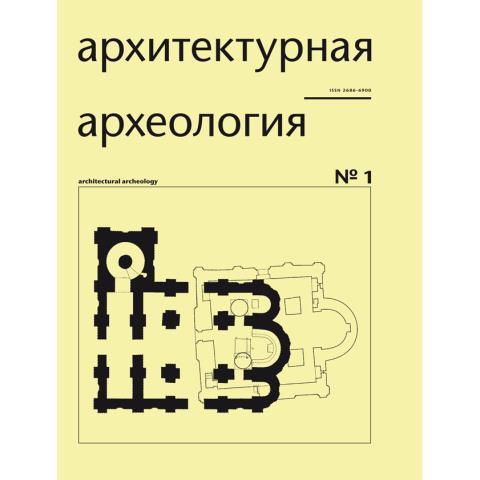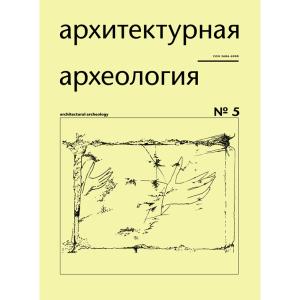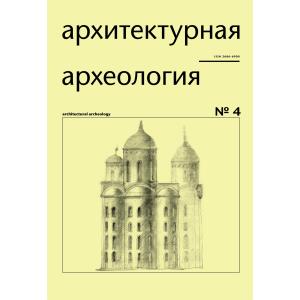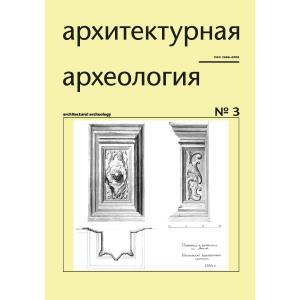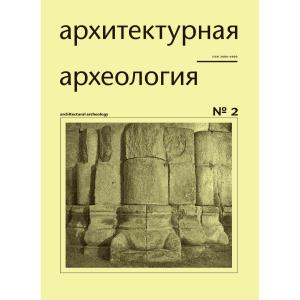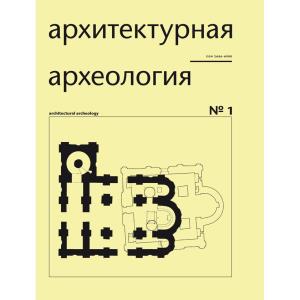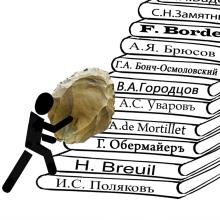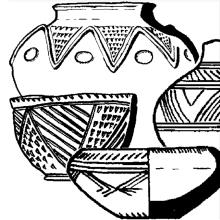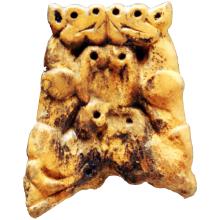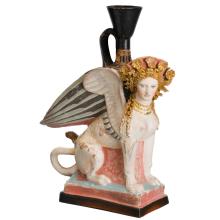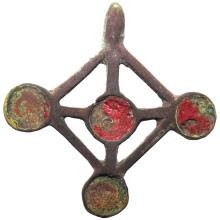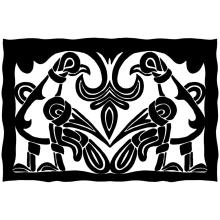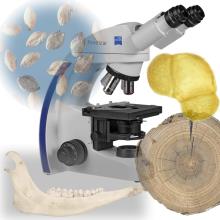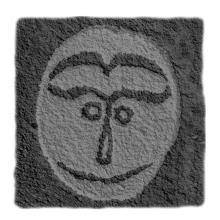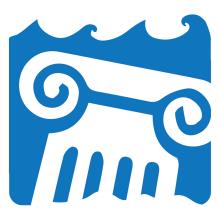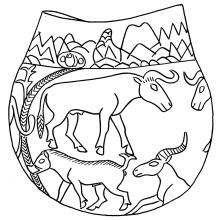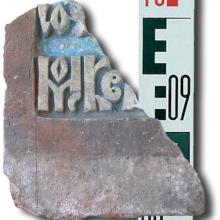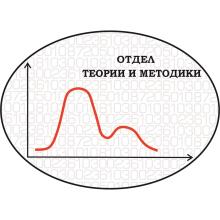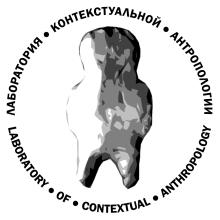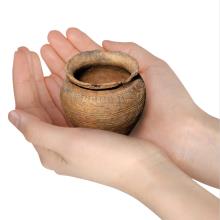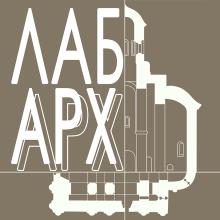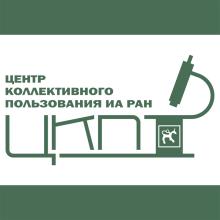Основные сведения
Journal ethics
The editorial staff of the Architectural archeology abides by the Russian copyright law and relevant international standards set forth in the recommendations of the Committee on Publication Ethics, COPE, acting in strict compliance with these recommendations and taking into account experience of leading research journals and publishing houses.
In their activities and their relationship with all participants of the publication process (authors, reviewers, editors, and publishers), the editorial board and the editorial council strictly follow ethical standards.
The journal considers unauthorized excavations and removal of archaeological objects from the archaeological context to be activities contradicting the European Convention on the Protection of the Archaeological Heritage, Russian legislation and scientific ethics. In this connection, it is allowed to accept for publication only material obtained through legal archaeological activities, i.e. activities carried out on the basis of the Permit for archaeological excavations and surveys, which is a special license issued by the state bodies, and material kept in the State Museum Collections.
The journal does not charge for publication and papers sent to the author(s).
Responsibilities of the editorial staff
The editorial staff is responsible for making a publication decision.
For publication in AA original materials are accepted which have not been published elsewhere previously.
The authors of the articles are obliged to inform the Editorial Board if their article is being examined at the same time for inclusion in other editions.
Procedure of reviewing materials is confidential. Unpublished materials may not be used by the Editorial Board, editors, or reviewers for personal or any other purpose.
The Editorial Board calls upon all authors to abide by accepted principles in their writings when criticizing any colleagues. Otherwise the Editorial Board will reserve the right to reject the material submitted or change the style in which the ideas are expressed.
The Editorial Board guarantees non-discrimination of authors in gender, age, race, religion, nationality or any other characteristic.
Authors receive acknowledgement of the receipt of their papers by the editorial staff (usually by email).
The date when the editorial board accepts the final variant of the paper for publication is deemed to be the acceptance date of the paper for publication.
In some cases the journal can hold accepted papers in a queue because there is no space for them in an issue going to print.
Review procedures
Expert evaluation of submitted manuscripts is carried out through the double-blind peer-review procedure, which is expected to give doubtless scholarly benefit to the authors. The reviewers are anonymous and do not engage in dialogue with the authors. Candidates and Doctors of Historical Sciences and specialists in various fields of archaeology are brought in for this purpose. Experts with a potential conflict of interest regarding the author (authors) of the manuscript are not allowed to be reviewers. The journal ensures that reviewers’ judgment is objective. Two reviewers are selected at meetings of the Editorial Board. The reviews are duly recorded by the Editorial Board and made known to the authors. An Agreement on assignment of copyright is signed.
In reviewing submitted papers, the AA editorial board pays special emphasis on scientific value, clarity of presentation, validity of conclusions and compliance with requirements of scientific ethics.
Peer reviewing is confidential and all manuscript and review details are kept confidential. The manuscript is sent to the reviewer without disclosing the identity of the author. If the peer review is negative, such review is submitted to the author without disclosing the identity of the peer reviewer and his/her signature, position held and place of work. Breach of confidentiality is possible only in exceptional cases (the reviewer communicating malpractice such as invalid data or fraud, plagiarism).
The reviewer fills in a review form containing a list of questions regarding evaluation of the substance, reliability of the methodology, the level of analysis and validity of proposed findings. The detailed part of the review provides overall evaluation of the paper and contains the reviewer’s comments and proposals on improvement of the quality of the text and the outline of the paper. The reviewer’s opinion should be well substantiated and clearly presented.
If the reviewer reports that the paper has to be revised, the manuscript is sent back to the author. The paper is to be revised within a month. In this case, the date of resubmission of the revised manuscript is considered to be the date when the manuscript is submitted to the editorial staff.
In case the paper is rejected, the editorial staff sends substantiated refusal and the text of the negative review to the author.
Reviews are kept by the publisher and the editorial staff for five years. Upon request, the editorial staff forwards copies of the reviews to the Russian Ministry of Education and Science.
After the editorial board makes decision to accept the paper for publication, the secretary of the editorial board communicates this decision to the author.
Reviewing Procedures
- Authors are sent confirmation of the fact that their materials have been received by the Editorial Board. Usually this is sent by e-mail.
- Forms of Review:
a) Internal – review of manuscripts by members of the Editorial Board;
b) External – manuscripts are sent out to be reviewed by leading specialists in the appropriate field.
A particular form of reviewing is selected depending on availability of the most competent specialists.
If a negative review is received, the second peer reviewer is invited. - Within the space of two months the Editorial Board shall inform the author by e-mail as to whether his/her material has been accepted for publication or not, according to the results of the review. The author may also be informed as to any amendments or additions required.
- The Editorial Board reserves the right to reject an article, if it does not meet the requirements of the journal or if its subject matter is not relevant for AA.
- After the material has been accepted for publication, no major additions or changes are permitted. If an author wishes to make significant changes, it is possible that publication will be delayed.
Responsibility and rights of the author
The author shall comply with the rules for submitting materials for publication developed and published by the editorial staff.
The author shall be responsible for obtaining all relevant permits for publication of materials.
All authors should make a considerable contribution to the development of the concept and implementation of the research as well as interpretation of obtained data published in the journal.
The author shall cooperate with the journal editorial staff at the paper review stage and during preparation of the paper for publication. Upon receiving the review, the author should respond to comments quickly and take into account the reviewer’s comments. In the event the author does not agree with the reviewer’s evaluation, the author shall send his/her substantiated objection to the editor. The author should communicate his/her refusal to revise the text to the editorial staff.
The author has the right to use freely the published material and republish it in other publications. At the same time the author shall indicate where the material was published for the first time so that AA’s exclusive rights are not breached.
The author receives a personal copy of the journal and copy of his/her paper in a PDF format.
Редколлегия
Sedov Vladimir Valentinovich, Corresponding member of Russian Academy of Sciences, Doctor in History of Arts, Institute of Archaeology RAS, Editor-in-Chief (Russia)
Vdovichenko Marina Viktorovna, Candidate in History of Arts, Institute of Archaeology RAS, Deputy Editor-in-Chief (Russia)
Antipov Ilya Vladimirovich, Candidate in History of Arts, St. Petersburg State University (Russia)
Batalov Andrei Leonidovich, Doctor in History of Arts, Moscow Kremlin Museums (Russia)
Belyaev Leonid Andreevich, Corresponding member of Russian Academy of Sciences, Doctor of Historical Sciences, Institute of Archaeology RAS (Russia)
Bogdanovich Elena, Doctor in History of Arts (Serbia)
Gaidukov Pyotr Grigoryevich, Corresponding member of Russian Academy of Sciences, Doctor of Historical Sciences, Institute of Archaeology RAS (Russia)
Gippius Alexei Alexeevich, Corresponding member of Russian Academy of Sciences, Doctor of Philology, Institute of Slavic Studies RAS, (Russia)
Giumlia-Mair Alessandra, PhD in Archaeology, Institute of Archaeology RAS, AGM Archeoanalisi lab (Italy)
Jolshin Denis Dmitrievich, Candidate of Historical Sciences, State Hermitage Museum (Russia)
Zykov Petr Leonidovich, State Hermitage Museum (Russia)
Kazaryan Armen Yuryevich, Corresponding member of Russian Academy of Architecture and Construction Sciences, Doctor in History of Arts, Scientifi c Research Institute of Theory and History of Architecture and Urban Planning, branch of the Central Institute for Research and Design of the Ministry of Construction and Housing and Communal Services of the Russian Federation (Russia)
Makarov Nikolai Andreevich, Academician of Russian Academy of Sciences, Doctor of Historical Sciences, Institute of Archaeology RAS (Russia)
Sitdikov Airat Gabitovich, Doctor of Historical Sciences, Kazan Federal University (Russia)
Torshin Evgeny Nikolaevich, Candidate of Historical Sciences, State Hermitage Museum (Russia)
